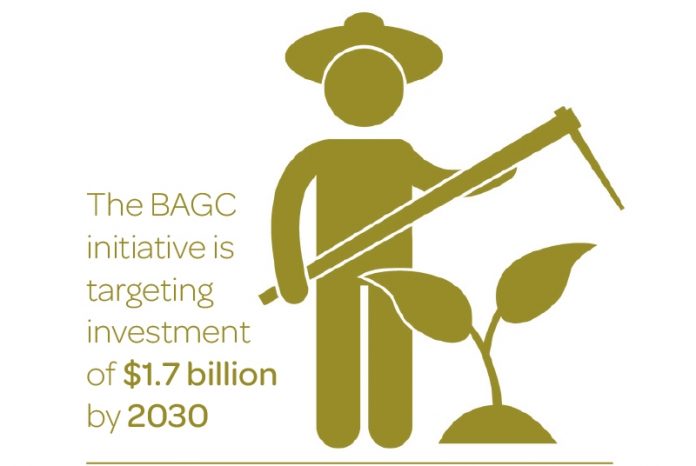The concept of African Agricultural Growth Corridors was first proposed by the Norwegian fertilizer concern Yara International at the 2008 United Nations General Assembly and subsequently expanded at World Economic Forums in Switzerland and Tanzania. It involves converting under-developed arable land to commercial agriculture, served by an efficient logistics infrastructure of roads, railways, irrigation, storage, processing and ports.
The concept is strongly supported by global agribusiness entities such as Monsanto, Unilever and Syngenta, who tout it as a public-private partnership benefiting both industrial and small-scale farmers and as an innovative way to attract investment in regional development.
Critics say the corridors are a vehicle for large international corporations to reorder land and water access in their own favor, to the detriment of millions of small farmers who are already working the land.
To date, only the following corridors have been identified and are active.
| CORRIDOR | ACREAGE | TERRITORIES COVERED |
|
Beira Agricultural Growth Corridor (BAGC) |
10 million hectares |
Road/rail network linking provinces in Zambia, Malawi, Zimbabwe and Mozambique to Beira port (Mozambique) |
|
Nacala and Zambezi Corridors |
14 million ha. |
Nampula, Niassa and Zambezia provinces of Mozambique |
|
Southern Agricultural Growth Corridor of Tanzania (SAGCOT) |
7.5 million ha. |
Stretches from the port of Dar es Salaam to the Zambia border, covering Malawi, Zambia, Democratic Republic of Congo, Tanzania. |













